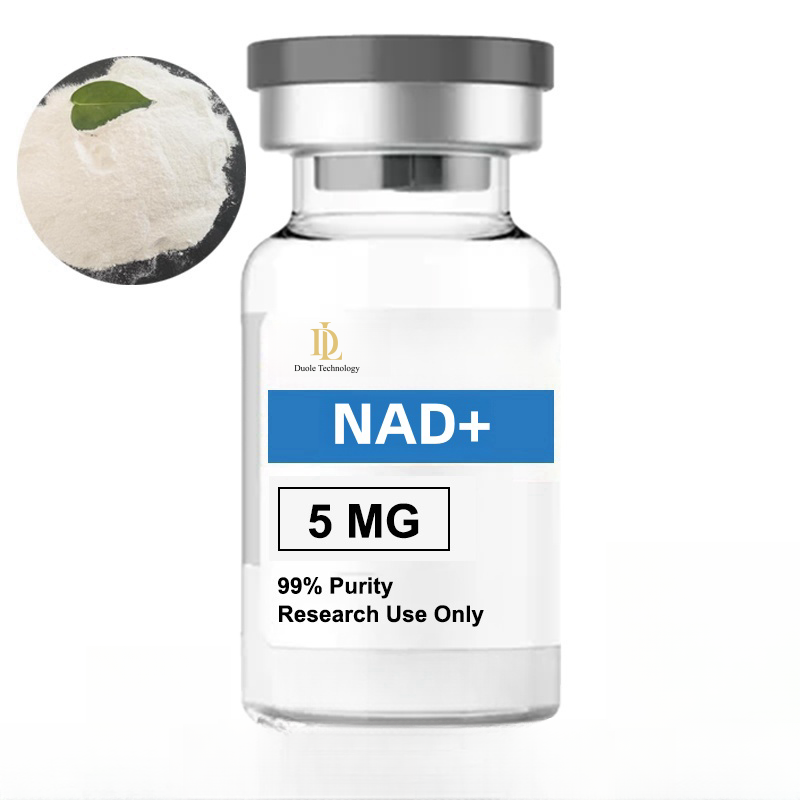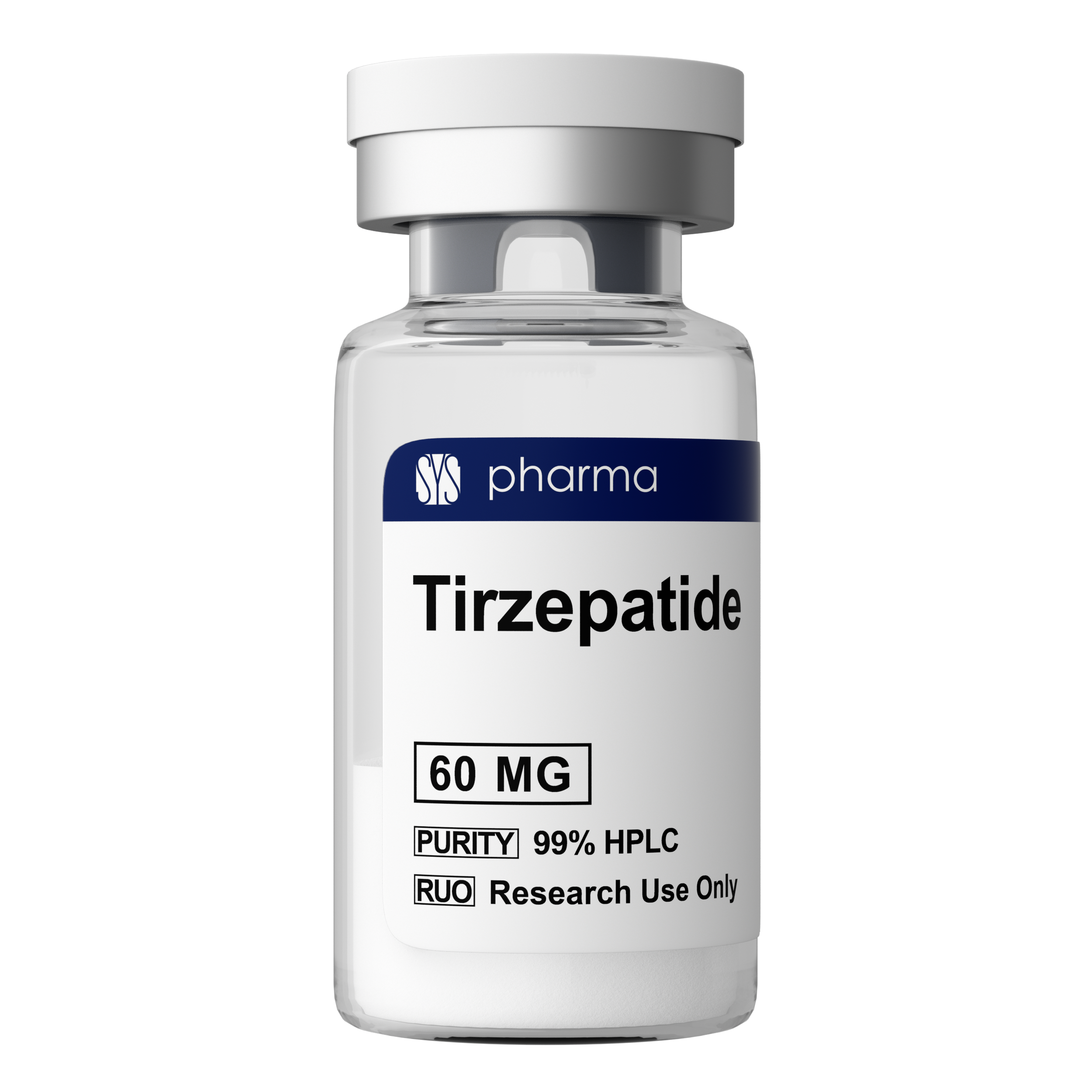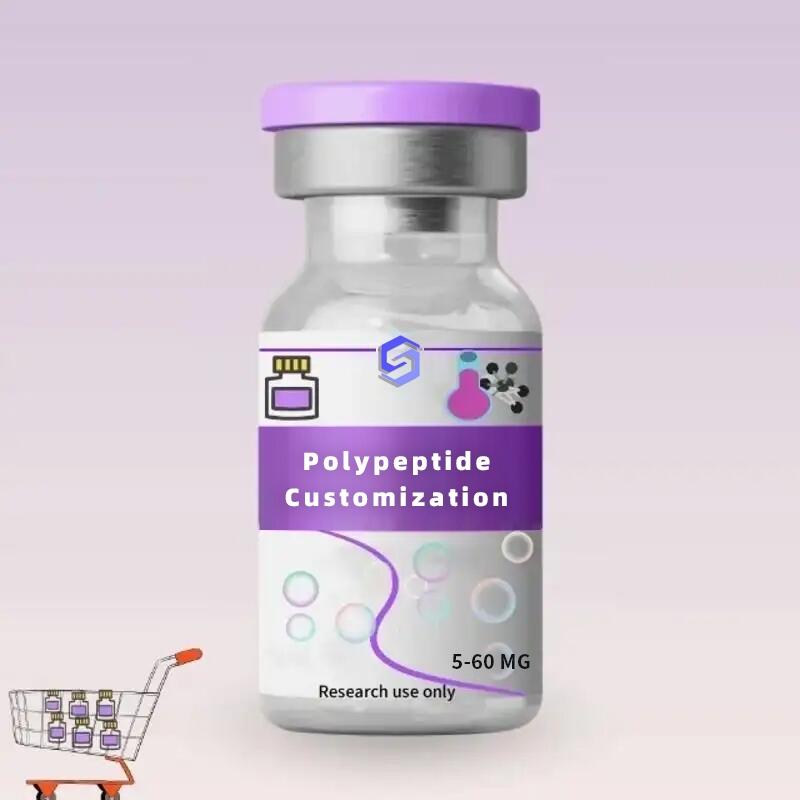-
Categories
-
Pharmaceutical Intermediates
-
Active Pharmaceutical Ingredients
-
Food Additives
- Industrial Coatings
- Agrochemicals
- Dyes and Pigments
- Surfactant
- Flavors and Fragrances
- Chemical Reagents
- Catalyst and Auxiliary
- Natural Products
- Inorganic Chemistry
-
Organic Chemistry
-
Biochemical Engineering
- Analytical Chemistry
-
Cosmetic Ingredient
- Water Treatment Chemical
-
Pharmaceutical Intermediates
Promotion
ECHEMI Mall
Wholesale
Weekly Price
Exhibition
News
-
Trade Service
The Production Process of 5-Isothiocyanato-3-(trifluoromethyl)picolinonitrile in the Chemical Industry: A Comprehensive Overview
5-Isothiocyanato-3-(trifluoromethyl)picolinonitrile, commonly referred to as 5-ITP, is an important chemical intermediate that finds extensive use in various industrial applications.
Its unique properties, such as excellent thermal stability and low toxicity, make it an ideal choice for the production of a wide range of chemical compounds, including reactive dyes, pharmaceuticals, and agrochemicals.
The production process of 5-ITP involves several steps, which are carefully designed and executed to ensure maximum efficiency and product quality.
Step 1: Preparation of Picolinonitrile
The production of 5-ITP begins with the preparation of picolinonitrile, which is a key raw material required for the subsequent steps.
Picolinonitrile is prepared by the nitration of picoline, which involves the addition of nitrating agents such as nitric acid and sulfuric acid to picoline.
The reaction is carefully monitored to ensure that the reaction temperature and concentration are maintained within the appropriate range to ensure maximum yield.
Step 2: Addition of Hydrogen Chloride
Once picolinonitrile is prepared, it is treated with hydrogen chloride to form 3-chloropicolinonitrile.
The addition of hydrogen chloride is carried out in the presence of a solvent, such as acetonitrile or ether, to ensure that the reaction proceeds smoothly and efficiently.
The reaction is exothermic and requires careful temperature control to prevent overheating.
Step 3: Addition of Trifluoromethyl Groups
The next step in the production process of 5-ITP involves the addition of trifluoromethyl groups to the 3-chloropicolinonitrile intermediate.
This step is carried out using a variety of reagents, including trimethylsilyl trifluoride and fluoride salts, in the presence of a catalyst such as tin(II) chloride.
The reaction is carefully controlled to ensure that the correct amount of reagents is used and that the reaction temperature and time are optimized for maximum yield.
Step 4: Decomposition of the Intermediate
The final step in the production of 5-ITP involves the decomposition of the intermediate formed in the previous step.
This decomposition is carried out using suitable chemical reagents, such as sodium hydroxide or dimethylsulfoxide, to break down the intermediate and form the final product.
The reaction is closely monitored to ensure that the correct amount of reagents is used and that the reaction conditions are optimized for maximum yield.
Quality Control and Optimization
The production process of 5-ITP is highly controlled and monitored to ensure that the final product meets the required quality standards.
Quality control measures include regular testing of the raw materials, intermediates, and final product for purity, chemical composition, and other relevant parameters.
The production process is also optimized to ensure that the maximum yield of 5-ITP is achieved while maintaining product quality.
Safety and Environmental Considerations
The production of 5-ITP involves the handling of hazardous chemicals, and therefore, safety measures must be strictly adhered to throughout the production process.
The use of protective equipment, such as gloves, goggles, and respiratory protection, is mandatory for all personnel involved in the production process.
In addition, appropriate measures must be taken to prevent environmental pollution, such as the safe disposal of waste materials and the treatment of wastewater.
Conclusion
The production process of 5-Isothiocyanato-3-(trifluoromethyl)picolinonitrile, or 5-ITP, is a complex and multi-step process that requires careful control and optimization to ensure maximum yield and product quality.
The use of 5-ITP as an essential intermediate in the production of







